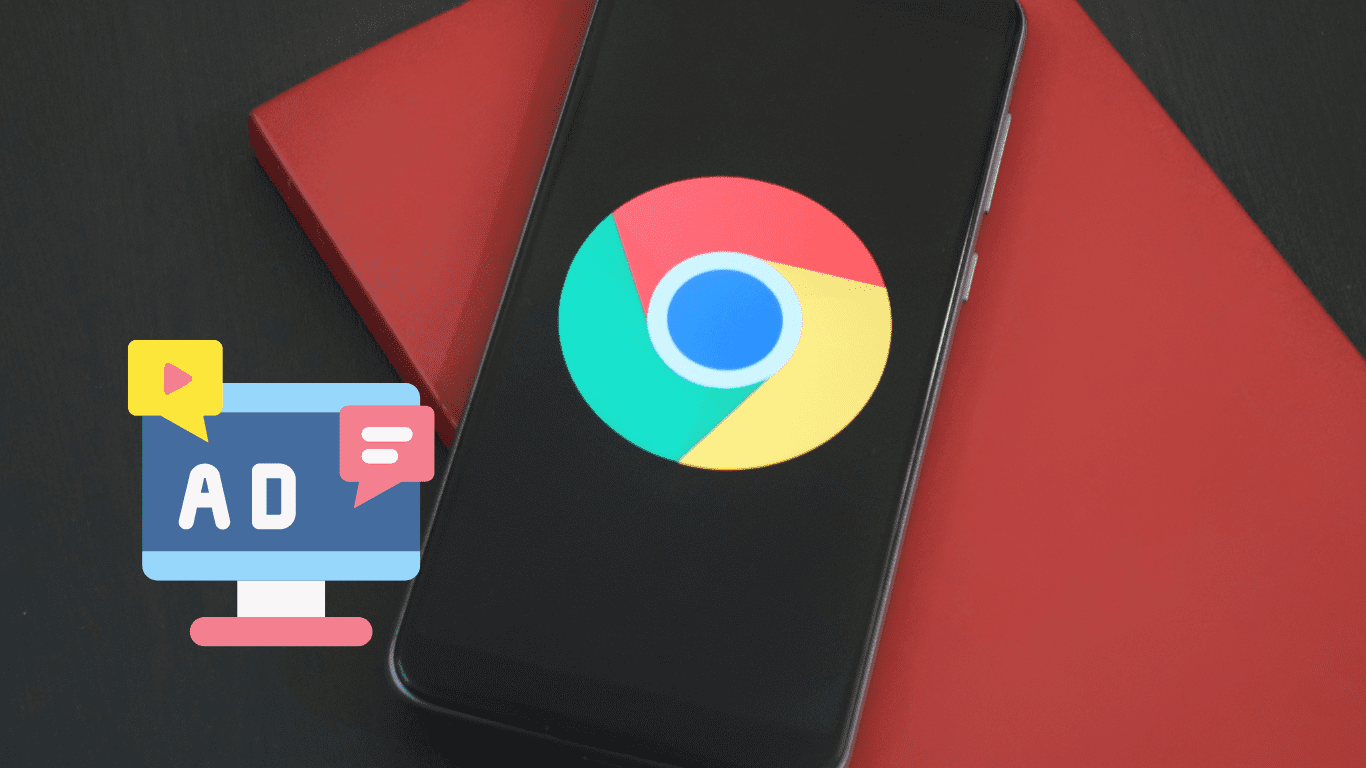In this digital age, Google Ads has become an indispensable tool for businesses looking to expand their online reach and drive growth. But what exactly are Google Ads, and how do they work? Here, we’ll explore the mysteries, different types available, delve into why they appear on the SERP, discuss their costs, and provide insights on how to rank effectively.
Introduction to Google Ads
Google Ads, formerly known as Google AdWords, is a Google-developed online advertising platform. It enables businesses to display ads on Google’s search engine results pages (SERPs), as well as other Google properties and partner websites.. These ads are typically displayed alongside organic search results, making them highly visible to users actively searching for products or services related to the advertiser’s offerings.
How Google Ads Work
It uses a pay-per-click (PPC) model, in which advertisers bid on keywords related to their business.. When a user enters a search query containing those keywords, Google’s ad auction system determines which ads to display and in what order based on factors such as bid amount, ad relevance, and ad quality score. Advertisers are only charged when users click on their ads, making it a cost-effective advertising solution.
Types of Google Ads
1. Search Ads:
These ads appear on Google’s search engine results pages (SERPs) when users enter relevant search queries. They consist of a headline, a display URL, and ad extensions, allowing advertisers to promote specific products or services directly to users actively searching for them.
2. Display Ads:
Display ads are visual advertisements that appear on websites within Google’s Display Network, which includes millions of websites, blogs, and apps. These ads can be in the form of banners, images, or videos and are targeted based on user demographics, interests, and browsing behavior.
3. Video Ads:
Video ads are short video clips that appear before, during, or after YouTube videos, as well as on other Google partner sites within the Display Network. They allow advertisers to engage users with compelling visual content and are ideal for building brand awareness and driving engagement.
4. Shopping Ads:
Shopping ads showcase products directly within Google’s search results, featuring product images, prices, and descriptions. These ads are highly effective for e-commerce businesses looking to promote their products and drive sales directly from search results.
5. App Ads:
App ads promote mobile apps across various Google properties, including search, display, and YouTube. They encourage users to download or engage with mobile apps directly from the ad, making them ideal for app developers and marketers looking to increase app installs and engagement.
Why Ads Appear on the SERP
Google Ads appear on the SERP because they provide advertisers with a highly targeted and cost-effective way to reach potential customers at the moment they are actively searching for products or services related to their business. By displaying relevant ads alongside organic search results, Google helps users discover products and services that meet their needs while providing advertisers with valuable opportunities to connect with their target audience.
Cost of Google Ads
The cost of Google Ads varies depending on factors such as keyword competitiveness, industry, geographic location, and ad quality. Advertisers bid on keywords in an auction-style system, with bid amounts determining ad placement and visibility. While Google Ads operates on a pay-per-click (PPC) model, advertisers can set daily budgets and maximum bid amounts to control their advertising costs and ensure they stay within budget.
Ranking on Google Ads
Achieving high rankings on Google Ads requires a combination of strategic keyword targeting, compelling ad copy, and optimized landing pages. Advertisers can improve their ad ranking by increasing their bid amounts, improving ad relevance and quality scores, and optimizing their campaigns for maximum performance. Additionally, ongoing monitoring and optimization are essential for maintaining high ad rankings and maximizing return on investment (ROI) from Google Ads campaigns.
Conclusion
In conclusion, Google Ads offers businesses a powerful platform to reach and engage potential customers across various digital channels. By knowing how Google Ads work, the different types, why they appear on the SERP, their costs, advertisers can harness the full potential of Google Ads. To drive growth, increase brand visibility, and achieve their marketing goals in the competitive digital landscape.



